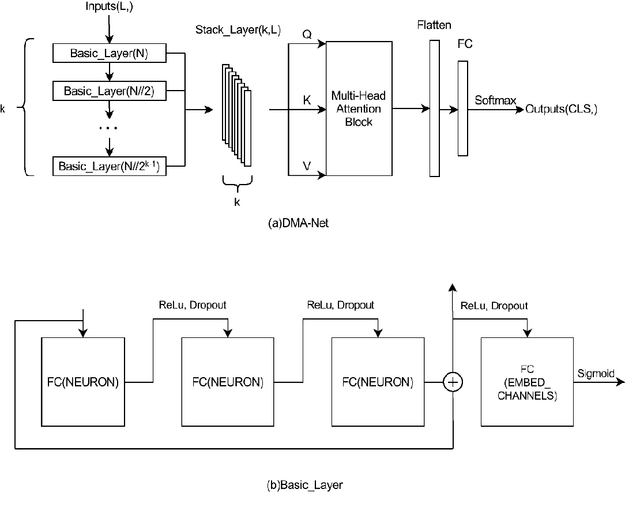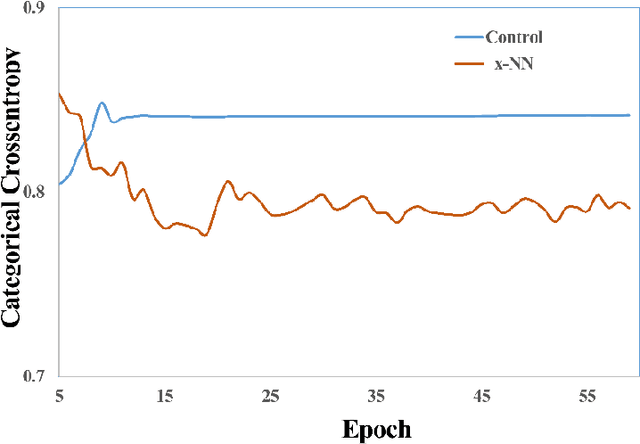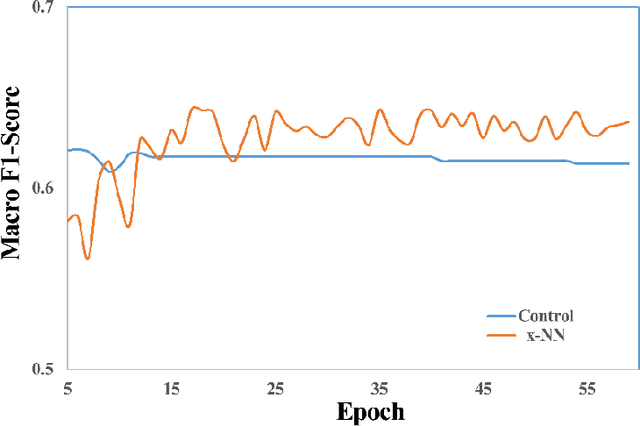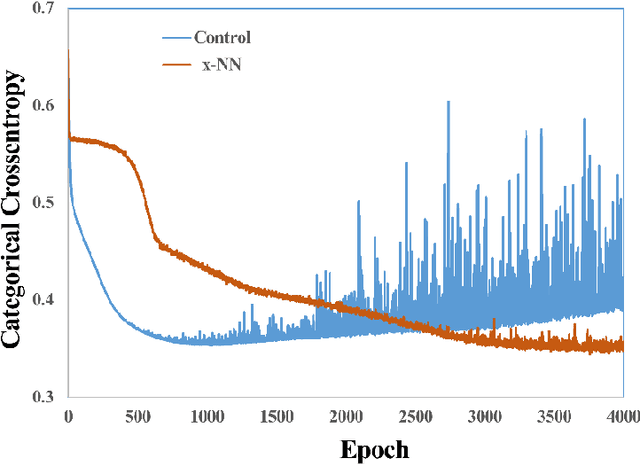A layer-stress learning framework universally augments deep neural network tasks
Paper and Code
Nov 14, 2021



Deep neural networks (DNN) such as Multi-Layer Perception (MLP) and Convolutional Neural Networks (CNN) represent one of the most established deep learning algorithms. Given the tremendous effects of the number of hidden layers on network architecture and performance, it is very important to choose the number of hidden layers but still a serious challenge. More importantly, the current network architectures can only process the information from the last layer of the feature extractor, which greatly limited us to further improve its performance. Here we presented a layer-stress deep learning framework (x-NN) which implemented automatic and wise depth decision on shallow or deep feature map in a deep network through firstly designing enough number of layers and then trading off them by Multi-Head Attention Block. The x-NN can make use of features from various depth layers through attention allocation and then help to make final decision as well. As a result, x-NN showed outstanding prediction ability in the Alzheimer's Disease Classification Technique Challenge PRCV 2021, in which it won the top laurel and outperformed all other AI models. Moreover, the performance of x-NN was verified by one more AD neuroimaging dataset and other AI tasks.
 Add to Chrome
Add to Chrome Add to Firefox
Add to Firefox Add to Edge
Add to Edge